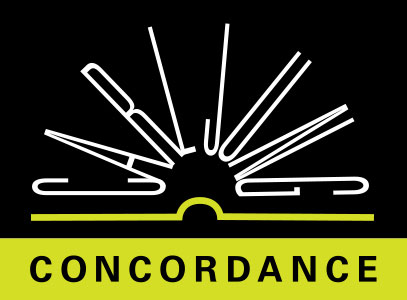The myth of Cadmus is a kinsman of the Pelasgian Hermes Ithyphallikos:
The hero set out to find his lost sister Europa, whom Zeus had carried away with him after turning himself into a bull. Cadmus, however, received the divine command to give up the search, and instead to follow a cow, with moon markings on both her sides, until she lay down, and there to found the city of Thebes
CW14 ¶ 85HARMONIA
At the same time he was promised Harmonia, the daughter of Ares and Aphrodite as a wife. When the cow had lain down, he wanted to sacrifice her, and he sent his companions to fetch water. They found it in a grove sacred to Ares, which was guarded by a dragon, the son of Ares. The dragon killed most of the companions, and Cadmus, enraged, slew it and sowed the dragon's teeth. Immediately armed men sprang up, who fell to fighting among themselves until only five remained. Cadmus was then given Harmonia to wife
CW14 ¶ 85The spitting of the snake (dragon) to the oak seems to be an addition of Philaletha's. It represents the banishment of the dangerous daemon into the oak, a point made not only by the commentary on the Aelia inscription in Malvasius but by the fairytale of “The Spirit in the Bottle”
CW14 ¶ 85PSYCHOLOGICAL MEANING
OF THE MYTH
The psychological meaning of the myth is clear: Cadmus has lost his sister-anima because she has flown with the supreme deity into the realm of the suprahuman and the subhuman, the unconscious. At the divine command he is not to regress to the incest situation, and for this reason he is promised a wife. His sister-anima, acting as a psychopomp in the shape of a cow (to correspond with the bull of Zeus), leads him to his destiny as a dragon-slayer, for the transition from the brother-sister relationship to an exogamous one is not so simple. But when he succeeds in this, he wins “Harmonia,” who is the dragon's sister
CW14 ¶ 86THE DRAGON IS `DISHARMONY'
The dragon is obviously “disharmony,” as the armed men sprung from its teeth prove. These kill one another off as though exemplifying the maxim of Pseudo-Democritus, “nature subdues nature,” which is nothing less than the uroboros conceptually formulated. Cadmus holds fast to Harmonia while the opposites in projected form slaughter one another. This image is a representation of the way in which a split-off conflict behaves: it is its own battle-ground
CW14 ¶ 86By and large this is also true of yang and yin in classical Chinese philosophy. Hand in hand with this self-contained conflict there goes an unconsciousness of the moral problem of opposites. Only with Christianity did the “metaphysical” opposites begin to percolate into man's consciousness, and then in the form of an almost dualistic opposition that reached its zenith in Manichaeism. This heresy forced the Church to take an important step: the formulation of the doctrine of the privatio boni, by means of which she established the identity of “good” and “being.” Evil as a(something that does not exist) was laid at man's door
CW14 ¶ 86ORIGINAL SIN
This idea [of the privatio boni] together with that of original sin formed the foundation of a moral consciousness which was a novel development in human history: one half of the polarity, till then essentially metaphysical, was reduced to a psychic factor, which meant that the devil had lost the game if he could not pick on some moral weakness in man. Good, however, remained a metaphysical substance that originated with God and not with man. Original sin had corrupted a creature originally good. As interpreted by dogma, therefore, good is still wholly projected but evil only partly so, since the passions of men are its main source
CW14 ¶ 86INTEGRATING METAPHYSICAL
PROJECTIONS
Alchemical speculation continued this process of integrating metaphysical projections in so far as it began to dawn on the adept that both opposites were of a psychic nature. They expressed themselves first of all in the duplicity of Mercurius, which, however, was cancelled out in the unity of the Stone. The lapis wasDeo concedentemade by the adept and was recognized as an equivalent of the homo totus. This development was extremely important, because it was an attempt to integrate opposites that were previously projected
CW14 ¶ 86